Simply Teach: Bringing Seedlings Workshop Concepts Back to the Classroom
A tree became the subject of observation and meaningful learning for Jen Wilson's Kindergarteners all year.
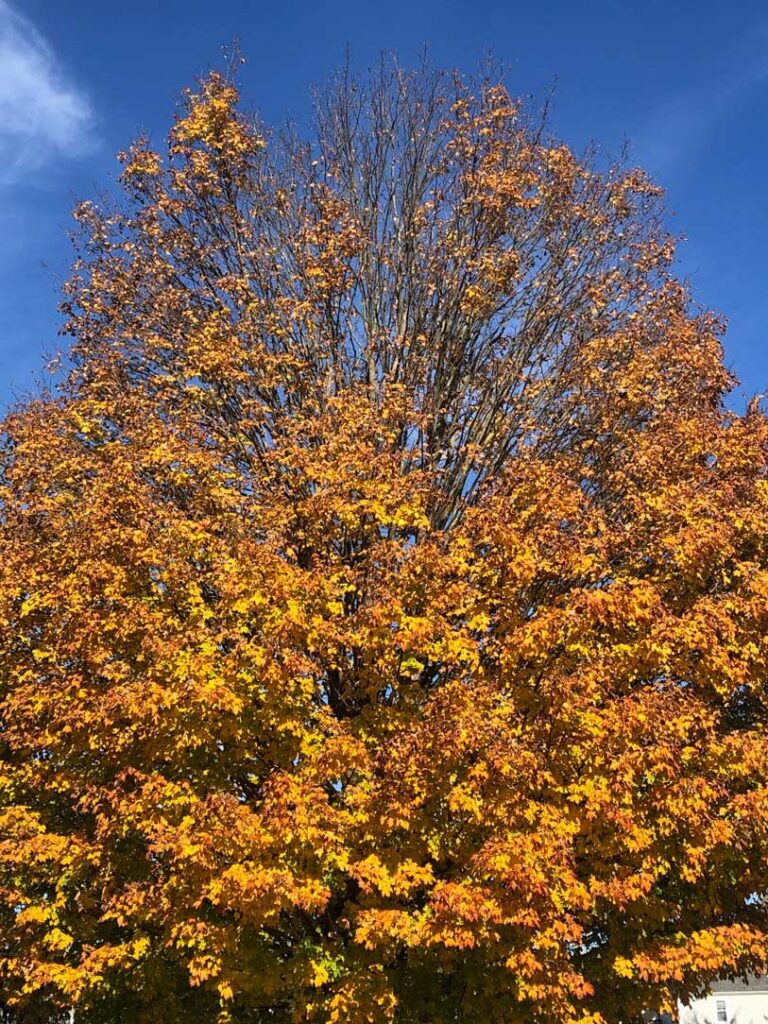
Start with the Simple and Everyday
Take something as simple as something in your schoolyard or outside your classroom window. I found that I could tie many lessons within my science curriculum into the resources of my school grounds. For my classroom, a tree became the subject of observation and meaningful learning—all within my set curriculum—for the year. We named him “Howard the Tree” and my students observed Howard over the course of the year.
Connect with Curriculum and Unit Themes
In Kindergarten, I teach our students about the weather as our first science unit. Could this tree help my students learn about the different types of weather? I checked my science curriculum to make sure I was meeting the learning targets in the unit. Sitting on my laptop one night, I researched them to see if it could work. As I read over the unit, I found out that Howard the Tree could, in fact, help students explore weather ideas. (Check.) Howard could help them identify seasons and understand the weather patterns associated with each. (Check.) We can describe the weather and understand weather words by observing Howard. (Check.) We were good to go!
Incorporating Connected Activities
-
Observation Walks
My paraeducator and I took the kids outside to explore our tree. We took the kids for a walk around the school to observe what we saw. These special observation walks were a much needed break for 18 active kids! We observed the tree in early fall. The leaves were just starting to turn different colors. The colors were bright and vibrant.
-
Recording Observations
The kids drew what they saw, feeling very important using their special science clipboards and magnifying glasses that they were given.
-
Student-Driven Learning and Research
A few weeks later, we took our afternoon walk and found that the tree was starting to show a few bare branches. “Look! It’s dying!” one student exclaimed. I told my students that we should do some more research about this observation. I found a Mystery Science activity online which helped explain what happens to the tree during the late fall and early winter months.
-
Art and Engineering
I challenged my students with a chance to create our fall tree. I put out a variety of different mediums to help recreate the tree: Playdoh, watercolor paints, colored pencils. I put a photo of our tree at each table. I asked the students to recreate our school tree with their choice of art tools.
-
Repeat student-driven explorations (and see behavioral benefits).
“This is so much fun! What else can we do?” My students asked. So, we made leaf rubbings from the different types of leaves that they found. They were quietly engaged. The room was peaceful.
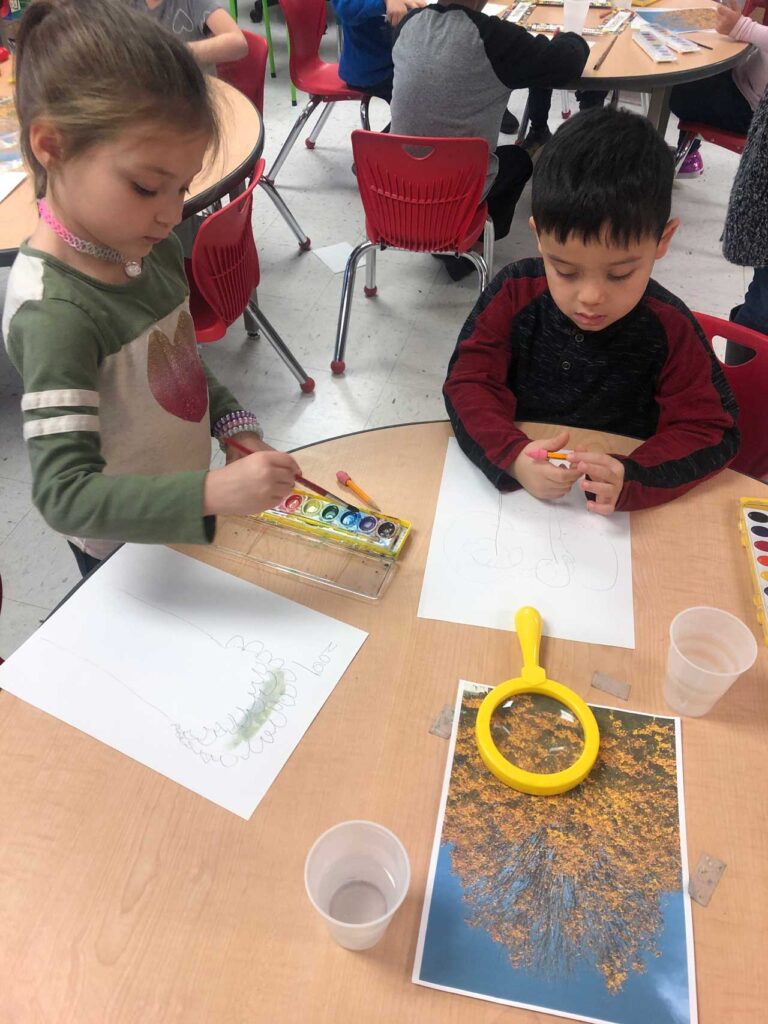

Play Offers Meaningful and Engaging Learning Opportunities
Early November came. We went outside to see our friend Howard the Tree. We found that all the leaves were gone. “The leaves are on the ground!” the kids exclaimed over and over. They ran through the leaves, stomped, laughed, and threw them up in the air. “Look at our tree!” Again I heard, ”It’s dead!” We talked about what we learned a few weeks before. I told the kids that we would have to come observe the tree again and see what it looked like in the winter and then in the spring. We will continue to observe, noting clothing worn during the different seasons and the temperature of the air.
Outdoor Learning is a Powerful Tool
For many teachers, I realize that outdoor learning is a nontraditional approach to teaching curriculum concepts, but our time observing and thinking about Howard the Tree was more powerful than any weather lesson that I would have done inside my classroom. The impact of being outdoors, immersing the students in the weather topics in the curriculum, encouraged them to use their senses to observe, ask more questions, and learn vocabulary through hands-on discoveries. Students stay curious and inquisitive and excited to learn more. This way of teaching provided some of my English language learners some real-world experiences to learn vocabulary by through seeing and/or handling concrete objects, not just pictures.
Can teaching go beyond the four walls of the classroom? YES! Sometimes it takes a little longer carving out the time to plan it, but in the end, it is so worth it! I already have my eye on our outside hill on the Cook Hill grounds for our next science unit. I know my students will love the outside lessons I am starting to plan and can already envision their excitement! Isn’t that what learning should be about when you are five years old? (Or any age!)
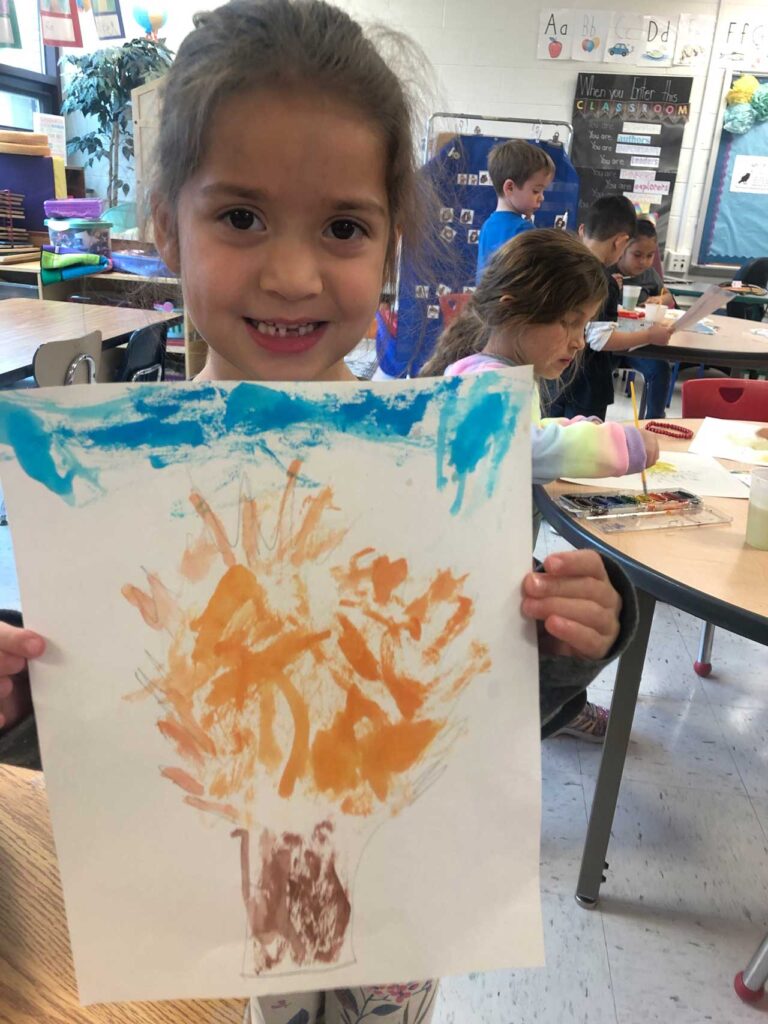
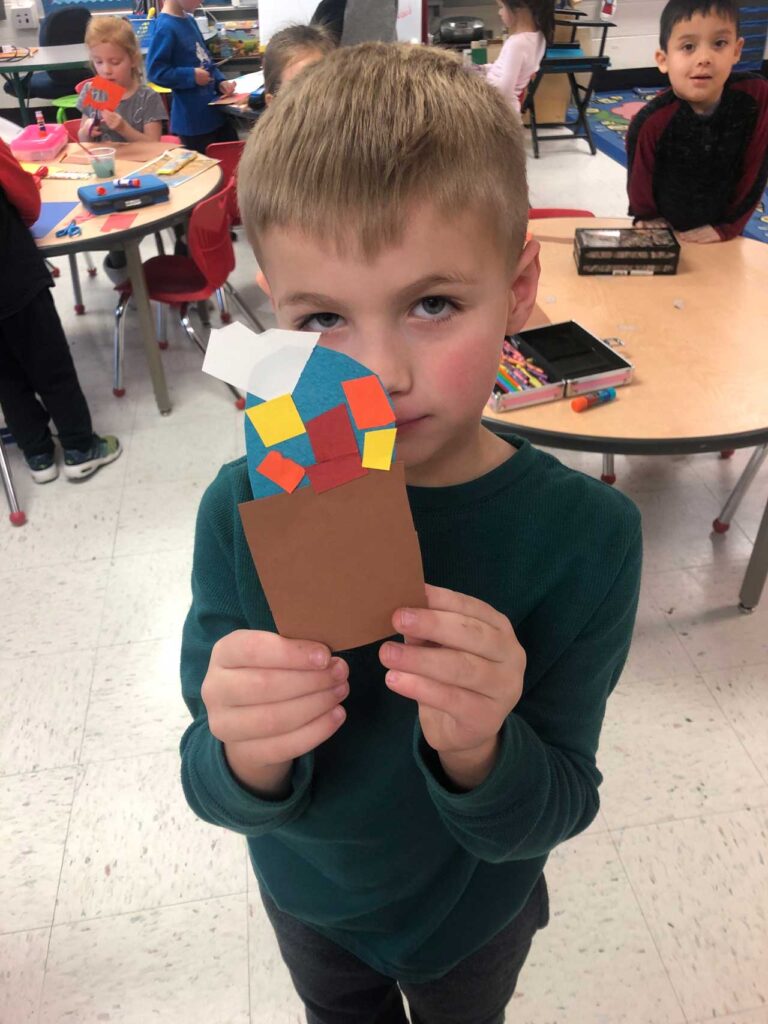
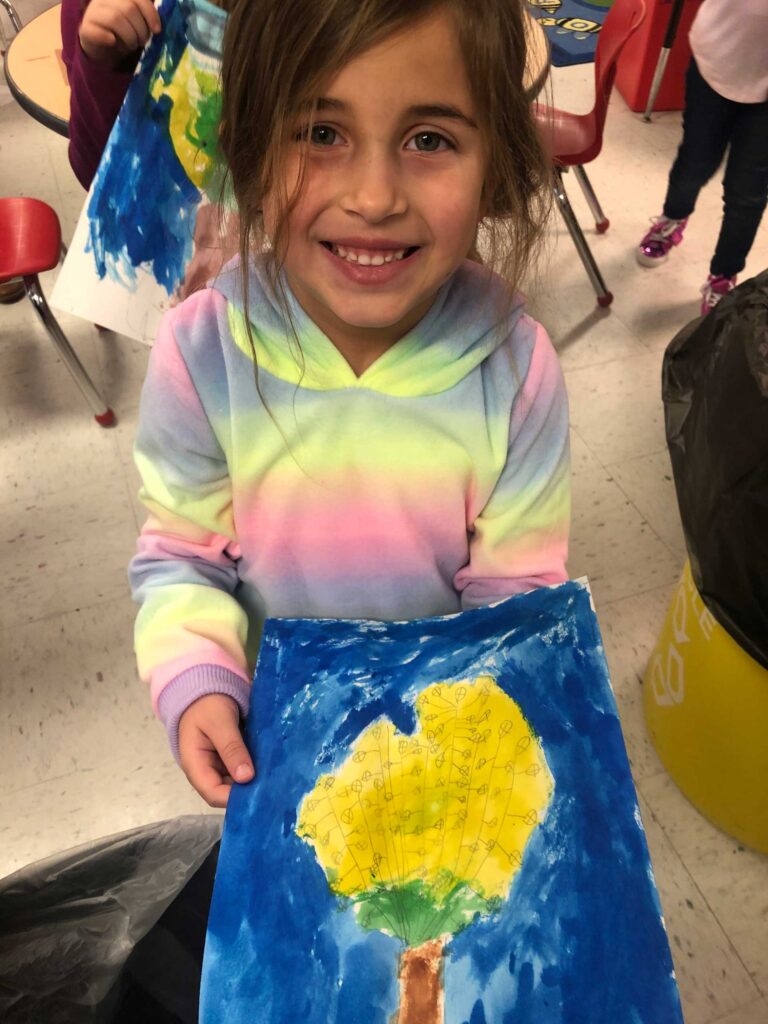
Think Like a Child
Our tree observations, and resulting meaningful learning, stemmed from a conversation with Seedlings facilitator Julie Peterman while we were on our guided tour of New Haven. Julie shared a story about a show she watched on squirrels and how fascinating some of their behaviors were. Squirrels? I never really thought much of them. I actually found them quite annoying, but I had never really thought about how a child might find these squirrel facts interesting. We continued talking about how our students could connect to such a seemingly simple and common subject, and Howard the Tree came to be.
There are many jobs every teacher does every single day. From lesson plans, to data collection, assessing, to completing report cards. How can we find a way to make it easier? These simple, yet powerful, lessons were told me more of what matters to a five year-old than looking Pinterest to find the most involved, intricate lessons. We need to think of what is meaningful, simple, yet powerful to our students. Whether it be a unit on squirrels or a maple tree, there are so many ways to tie in all subject areas while making each lesson engaging and fun.
Jen Wilson is a Seedlings alum and former Seedlings Fellow from Cook Hill Elementary School in Wallingford. She has been teaching kindergarten for more than two decades. Patient, caring, and creative, she is most passionate about extending her teaching outside the four walls of the classroom. She’s also a mother of two who loves running and spending time outdoors with her family, especially at the beach.
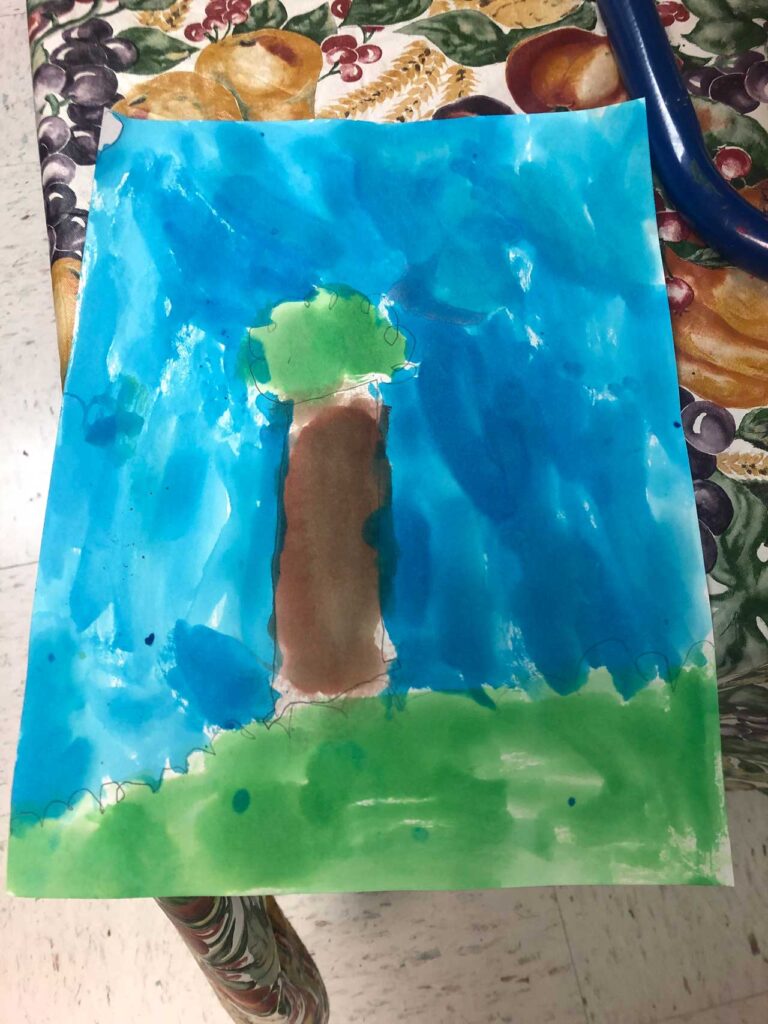

More from In My Classroom
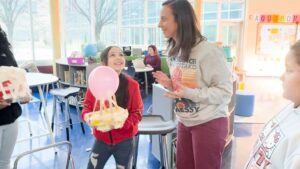
Watch Students Explore Gravity Concepts And Problem Solve through STEM
J.S. Martinez Magnet School’s STEM Resource Teacher Alyssa Granata-Basso welcomed Seedlings Educators Collaborative to observe students don their engineering hats in a hands-on problem-solving lesson exploring gravity. In teams, students designed, built, tested, and re-engineered a traveling vehicle to protect Alyssa’s friend “Eggbert” from the impact of landing.
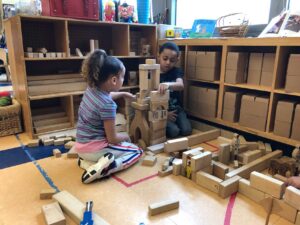
Reclaiming Kindergarten by Going Back to the Basics
As schools and districts place increasing emphasis on scores from high-stakes testing, teachers receive less autonomy in developing experiences and curriculum that engage students in meaningful learning. Over the course of one year, teachers revamped their kindergarten program, putting children’s development and interests in their rightful place as the centerpiece of curriculum by bringing play back into the classroom.
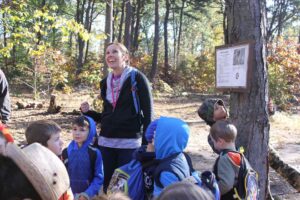
Jen Wilson’s Kindergartners Discover STEAM and Meaningful Connections in the Great Outdoors
Jen Wilson, kindergarten teacher at Cook Hill School in Wallingford, and the school librarian, Anna O’Brien, were awarded a grant from the Wallingford Education Foundation to develop a program they are calling KinderTinker. Jen and Anna are bringing the learning outside for extended free play and exploration, as well as structured STEAM-based activities that tie into the kindergarten science units.
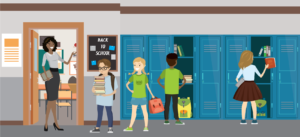
What should we expect from a 5th grader?
There are academic, behavioral and social-emotional benchmarks we expect of our general education students, no matter the year, but fifth grade, in particular, brings about new expectations as students move from lower elementary to more focused academic work, classroom transitions, and the need for organization and multitasking, among other important skills.

Animals in Winter: Student-Driven Learning to Explore Habitats
Jen Wilson’s kindergartners learn about shelter, safety, food (incorporating science, nature, math, engineering, literacy and art) through play- and project-based learning.

Hug a Tree: A Framework for STEAM Learning
Hug a Tree: A Theme for STEAM Learning Seedlings Facilitator Julie Peterman took her students out to look at trees for a meaningful learning experience. One warm late winter morning, Julie Peterman’s 3-year old class at Conte West Magnet School to were introduced to Nyree Hodges, an educator at Common Ground Urban Farm and Environmental

Mrs. Wilson,
I loved reading your blog! Ella is so fortunate to be in your class this year. You certainly make learning so much fun for all of your little ones. I absolutely loved how you named the tree. Keep up the amazing work. We are so appreciative of all that you do.
Meghan Witheril